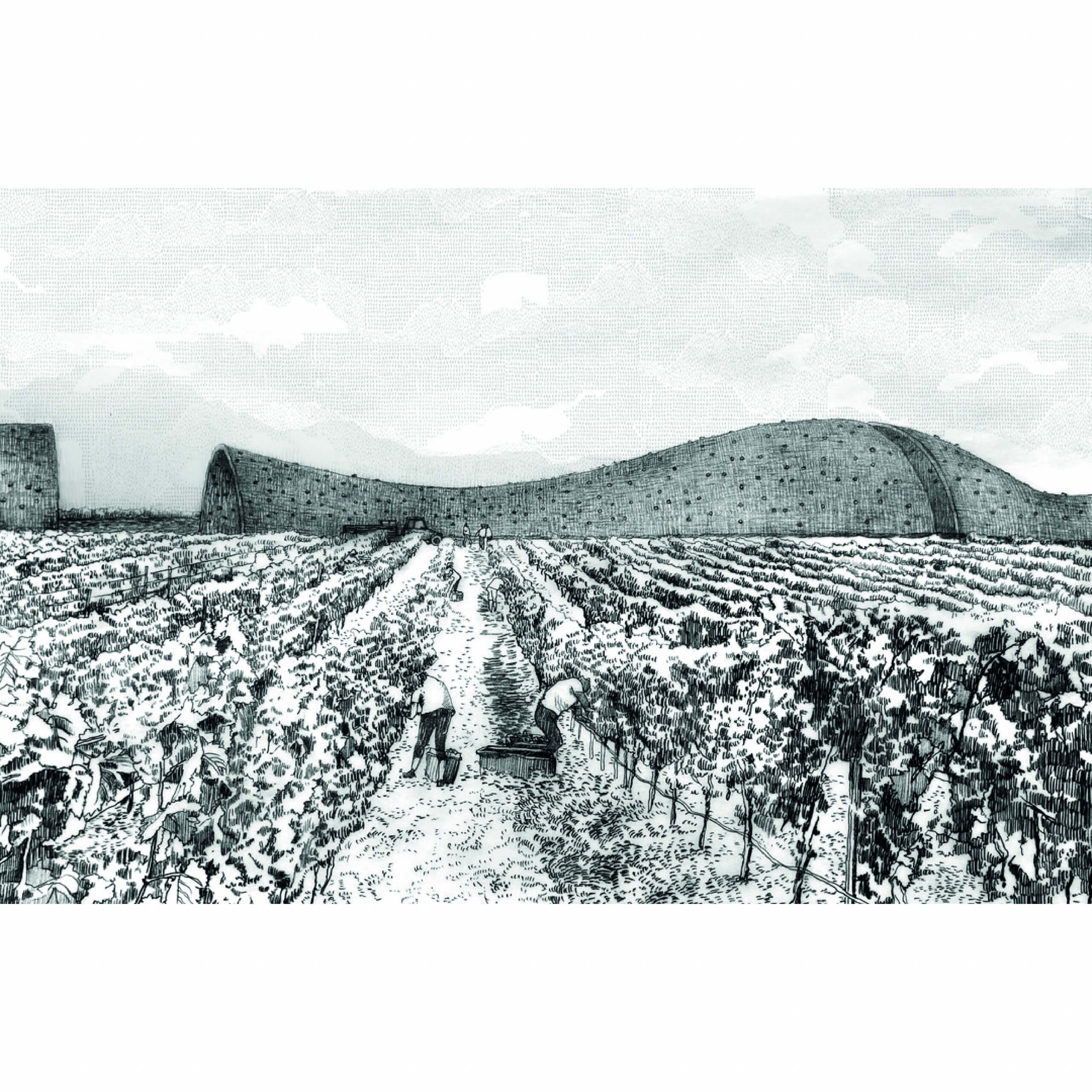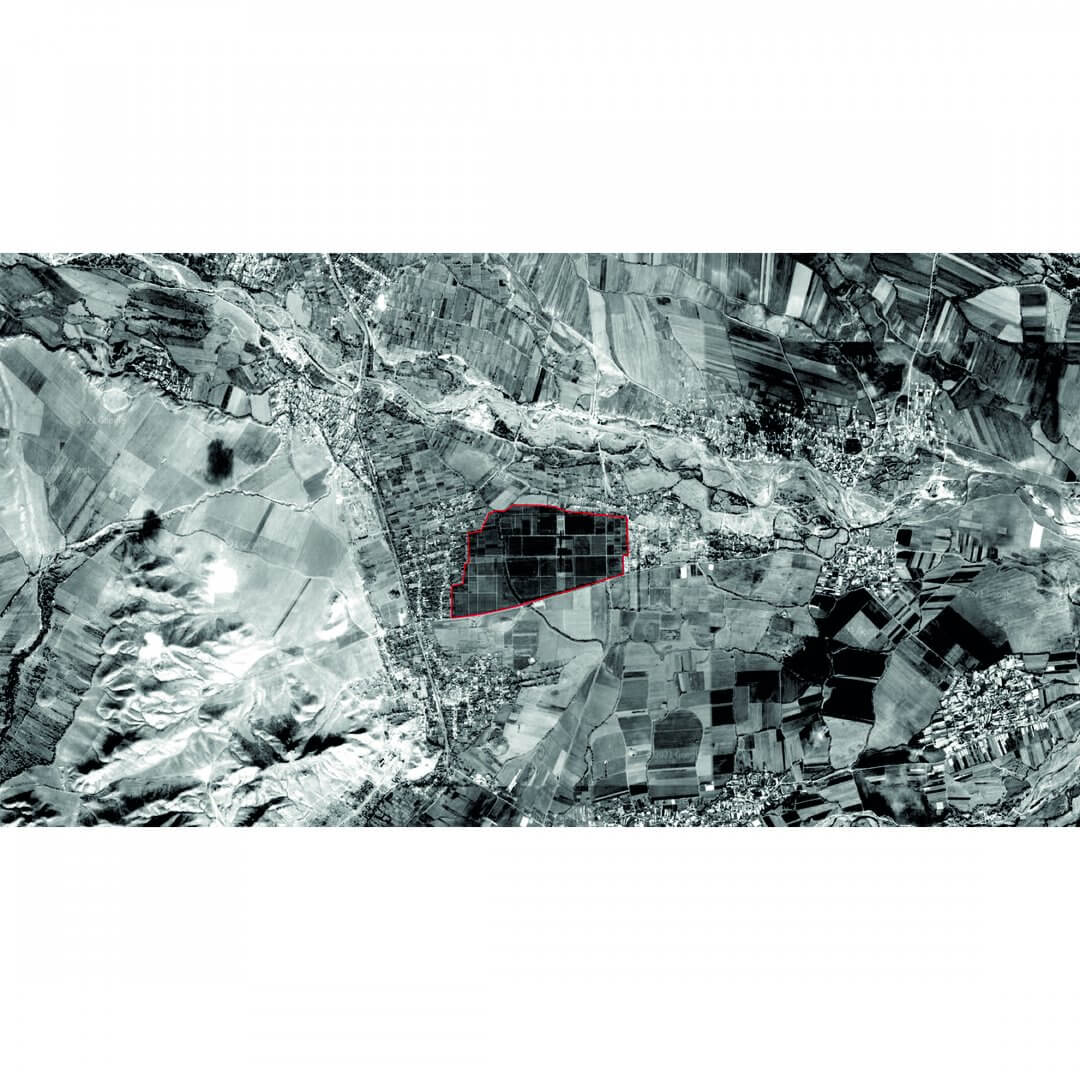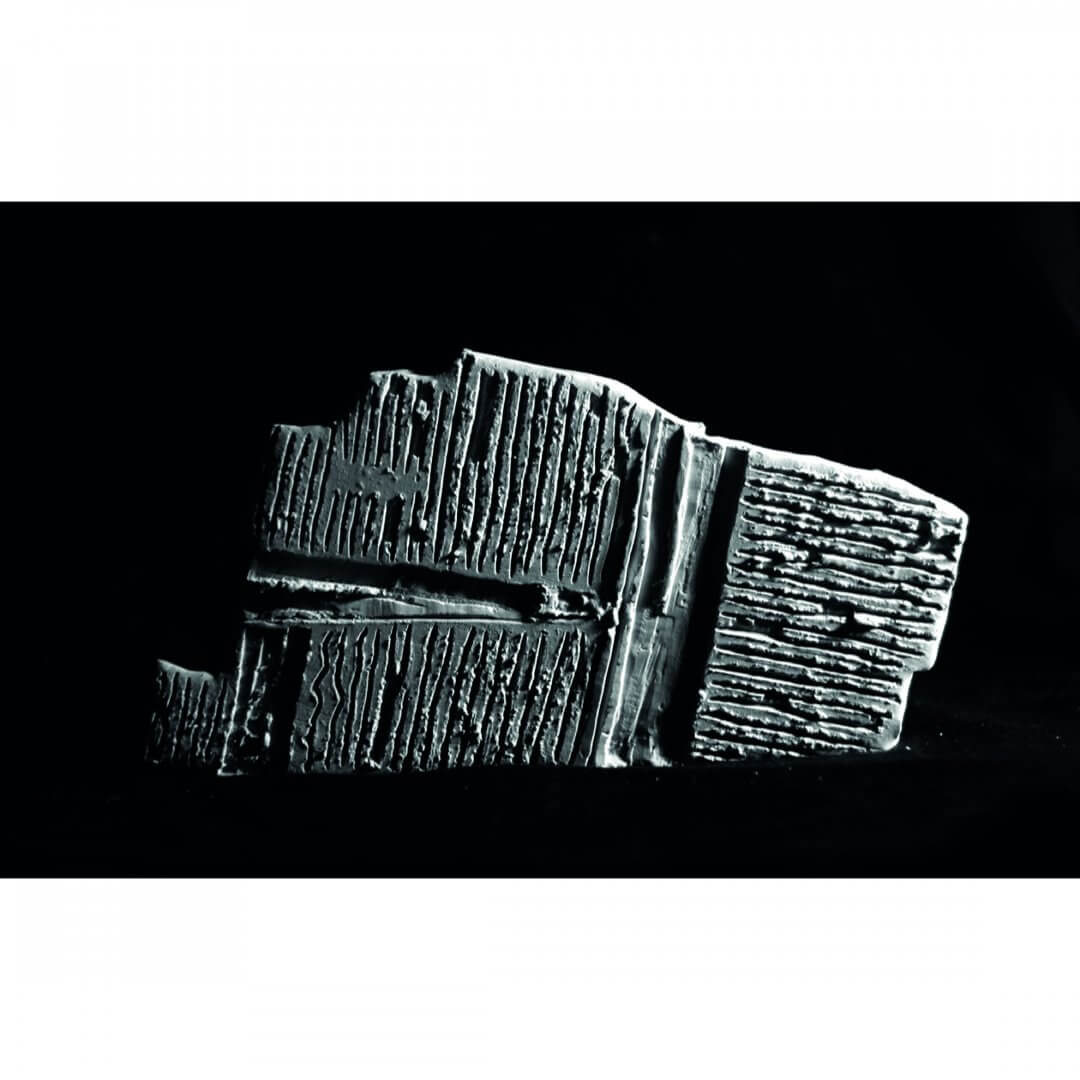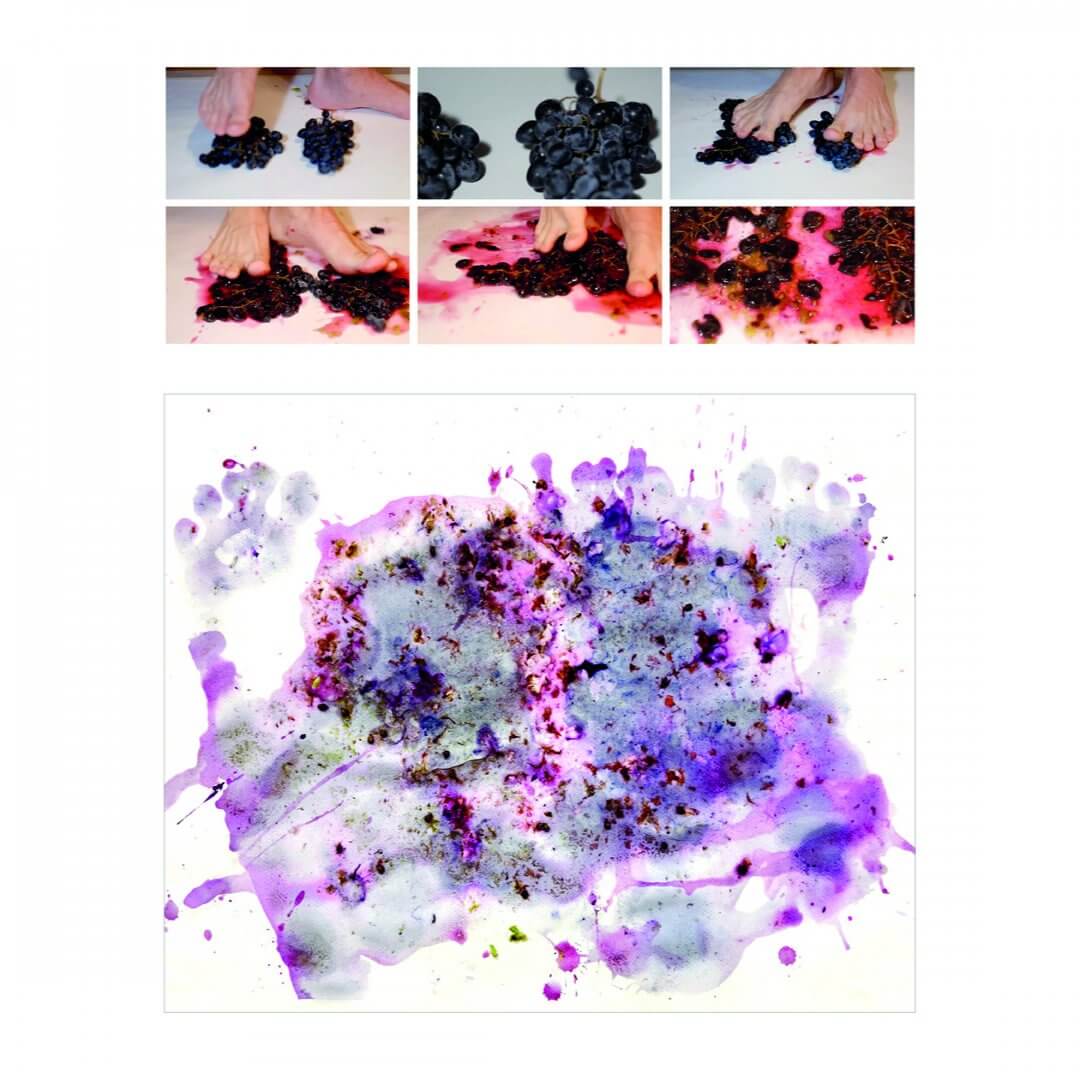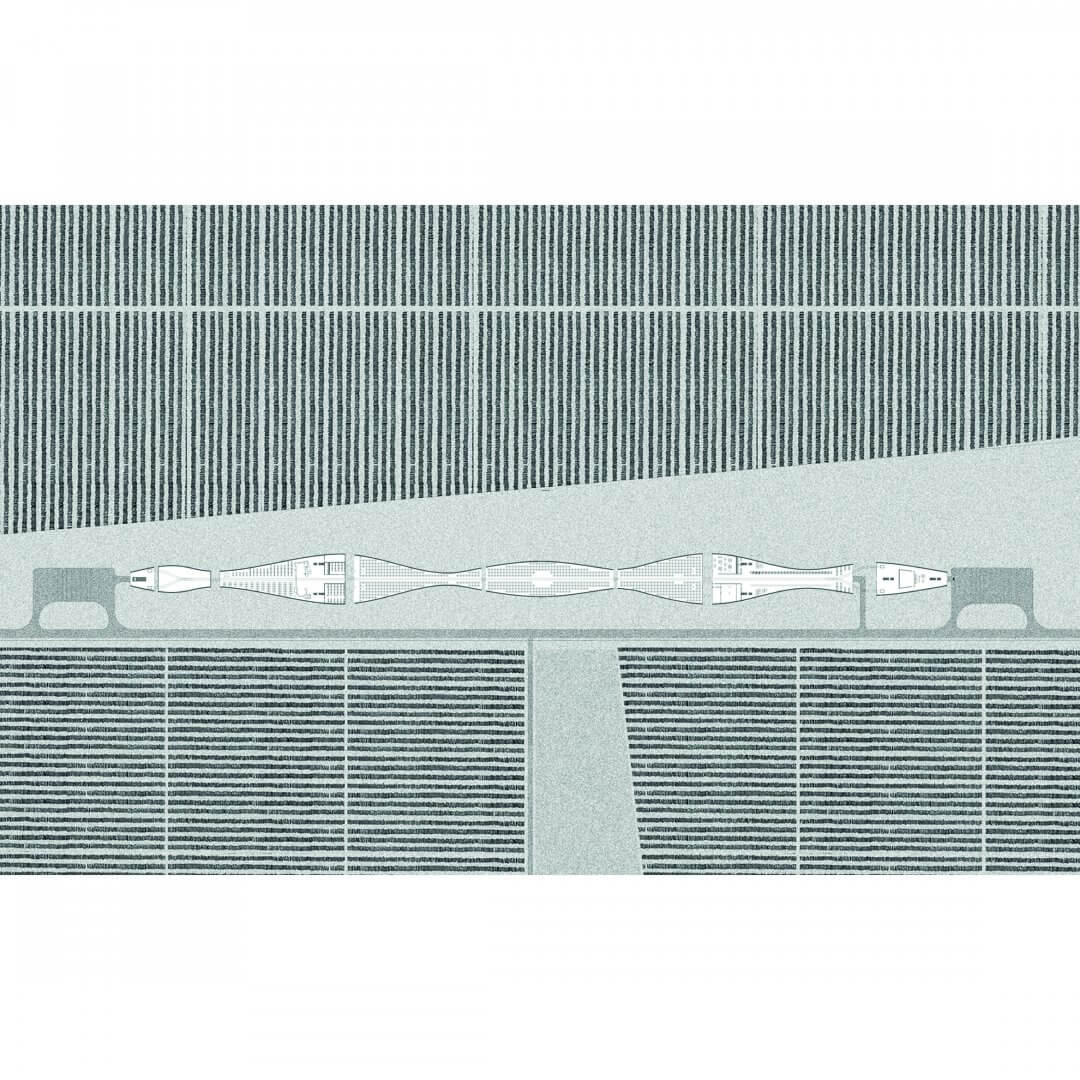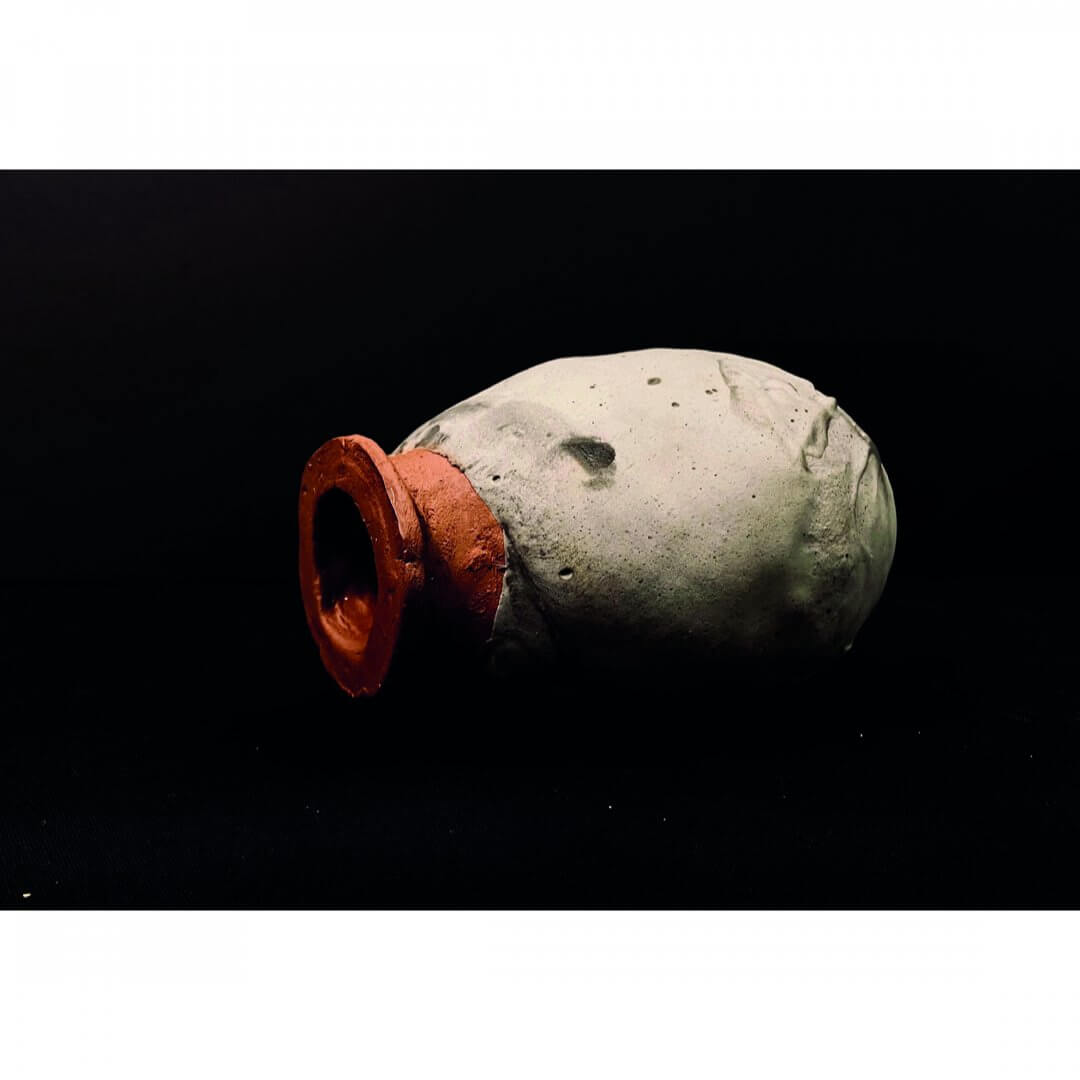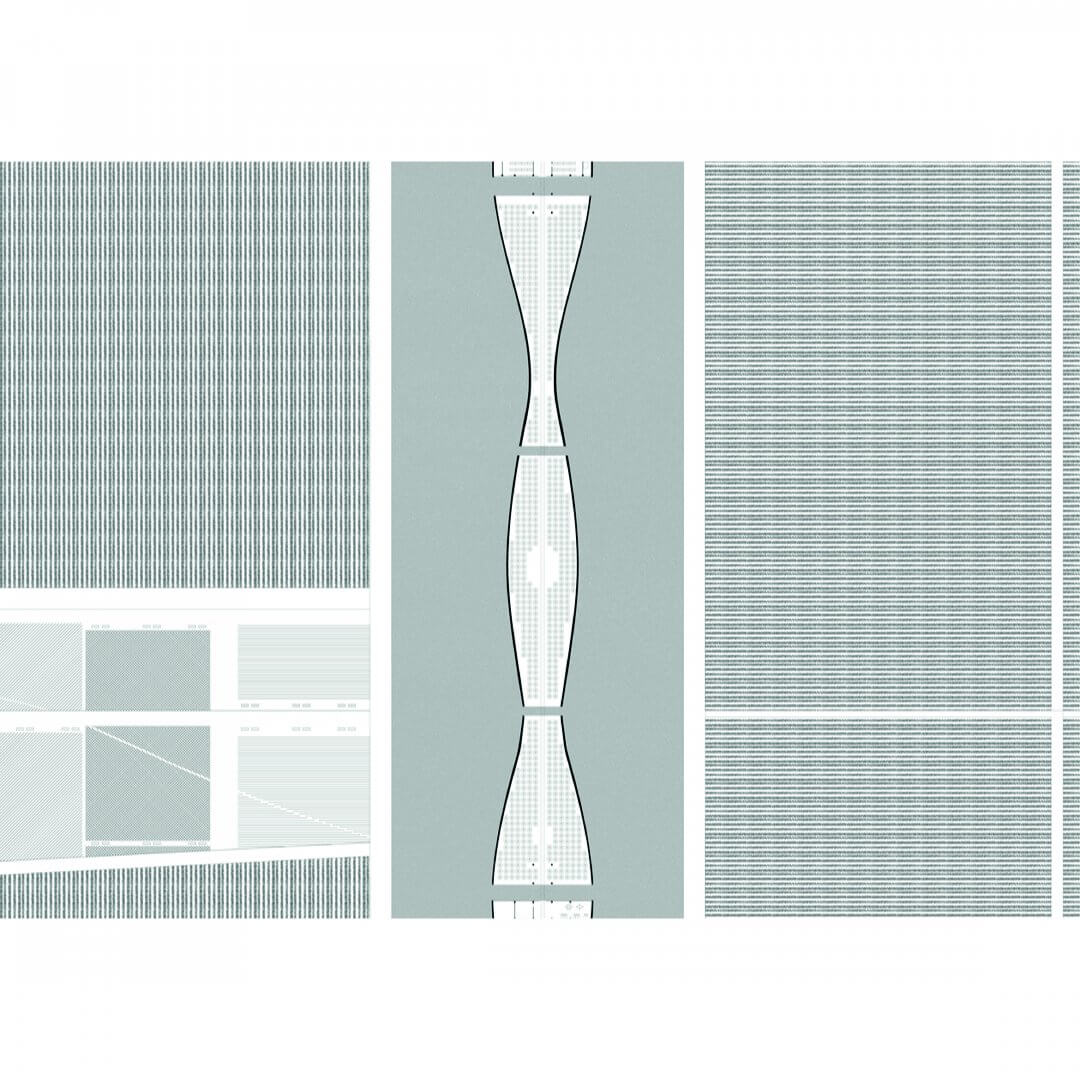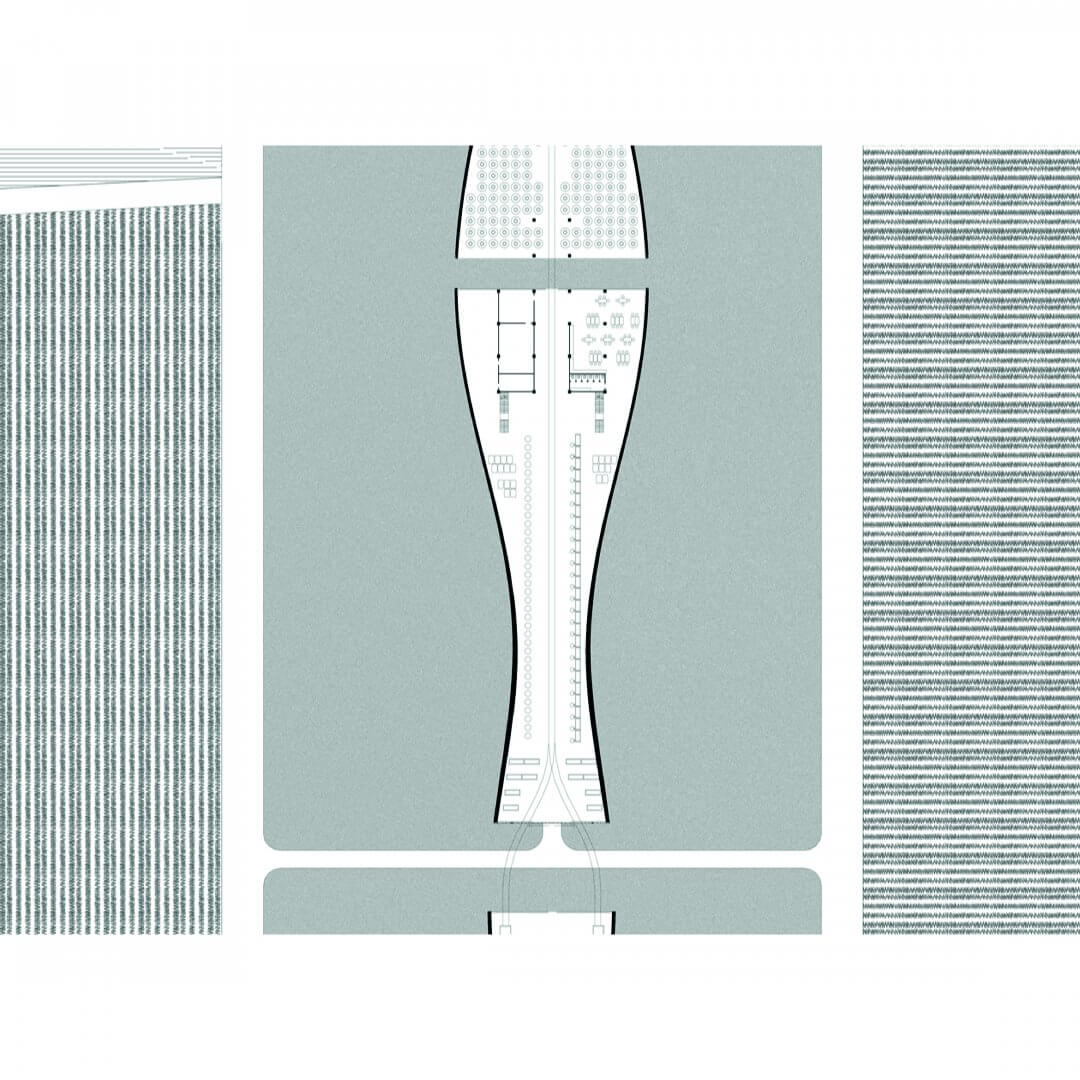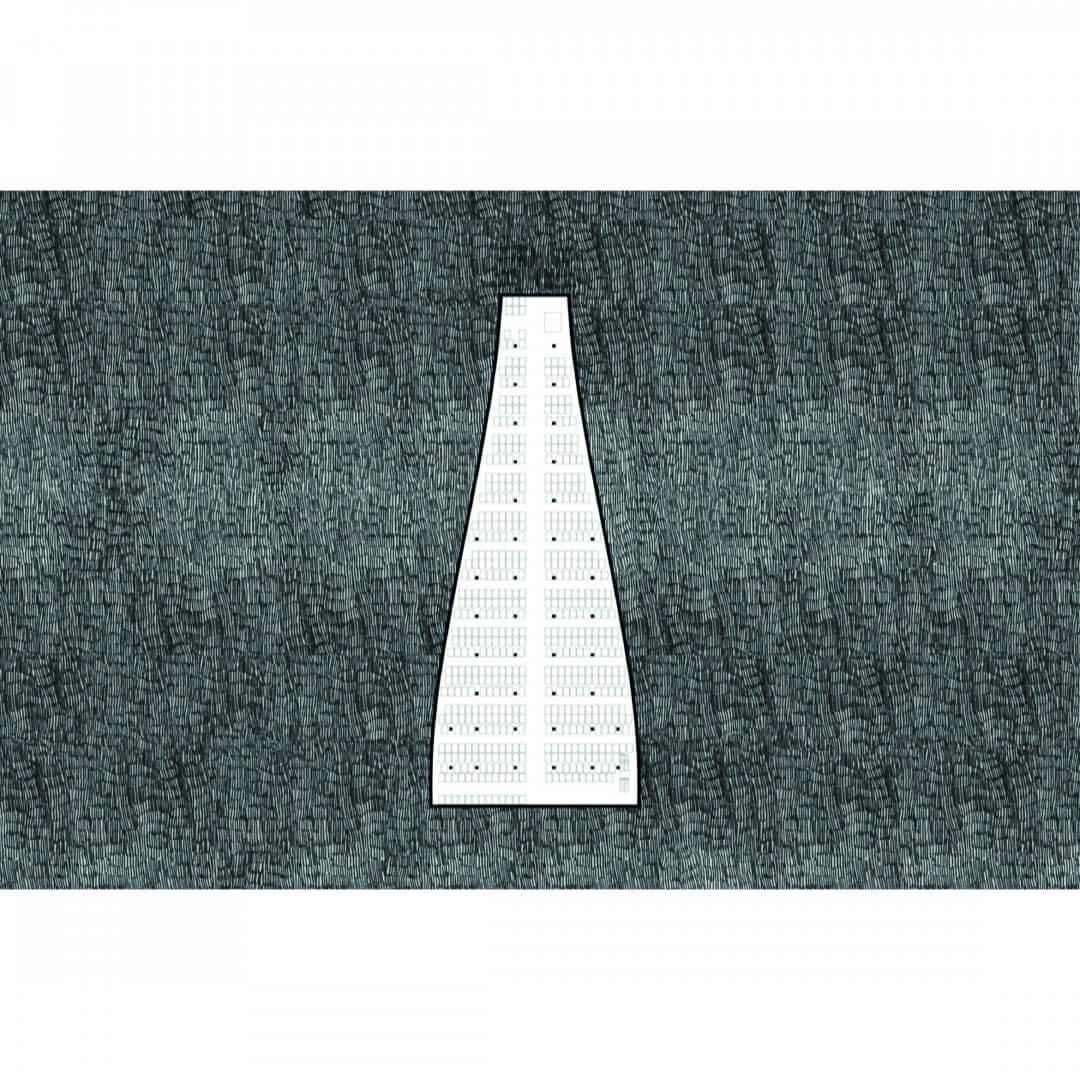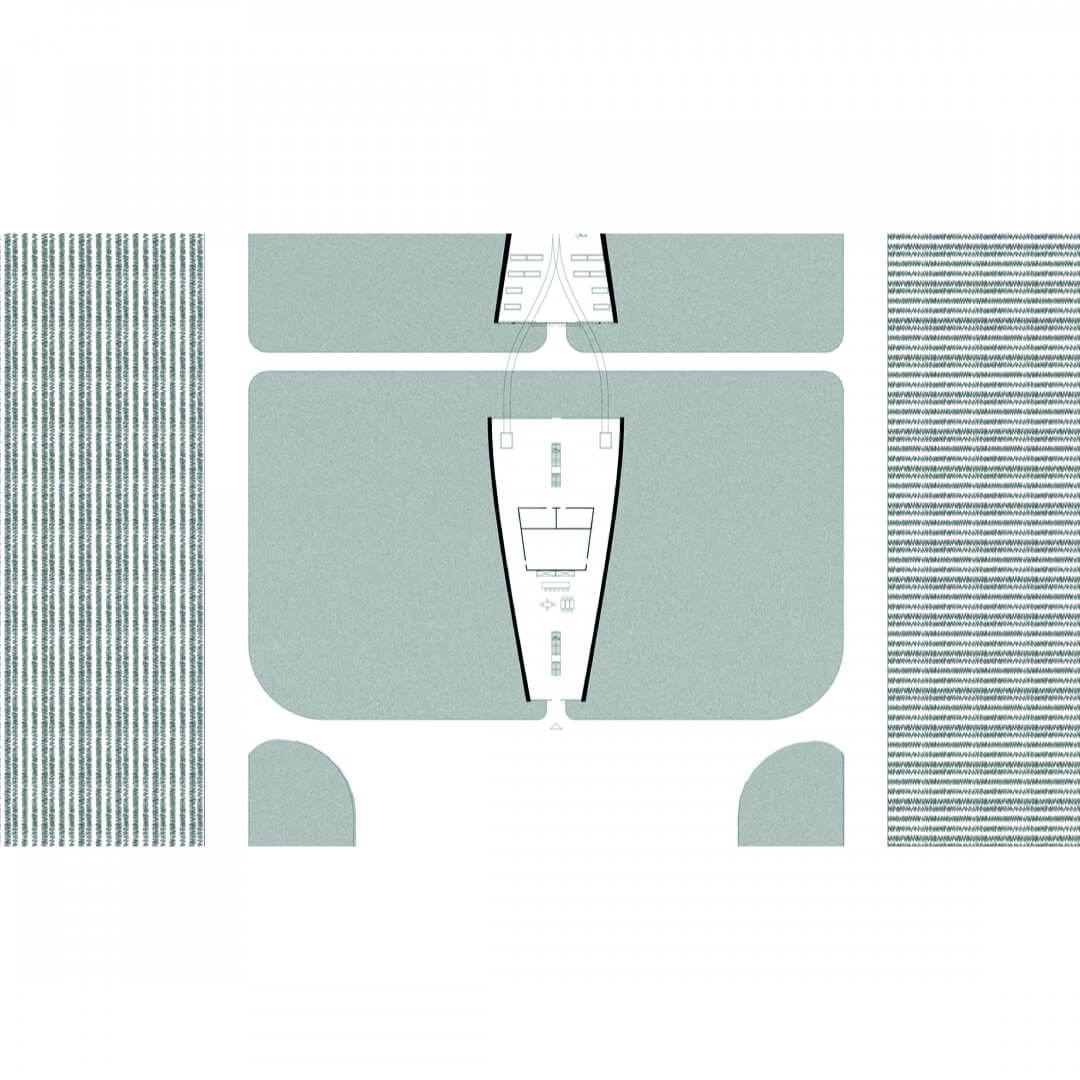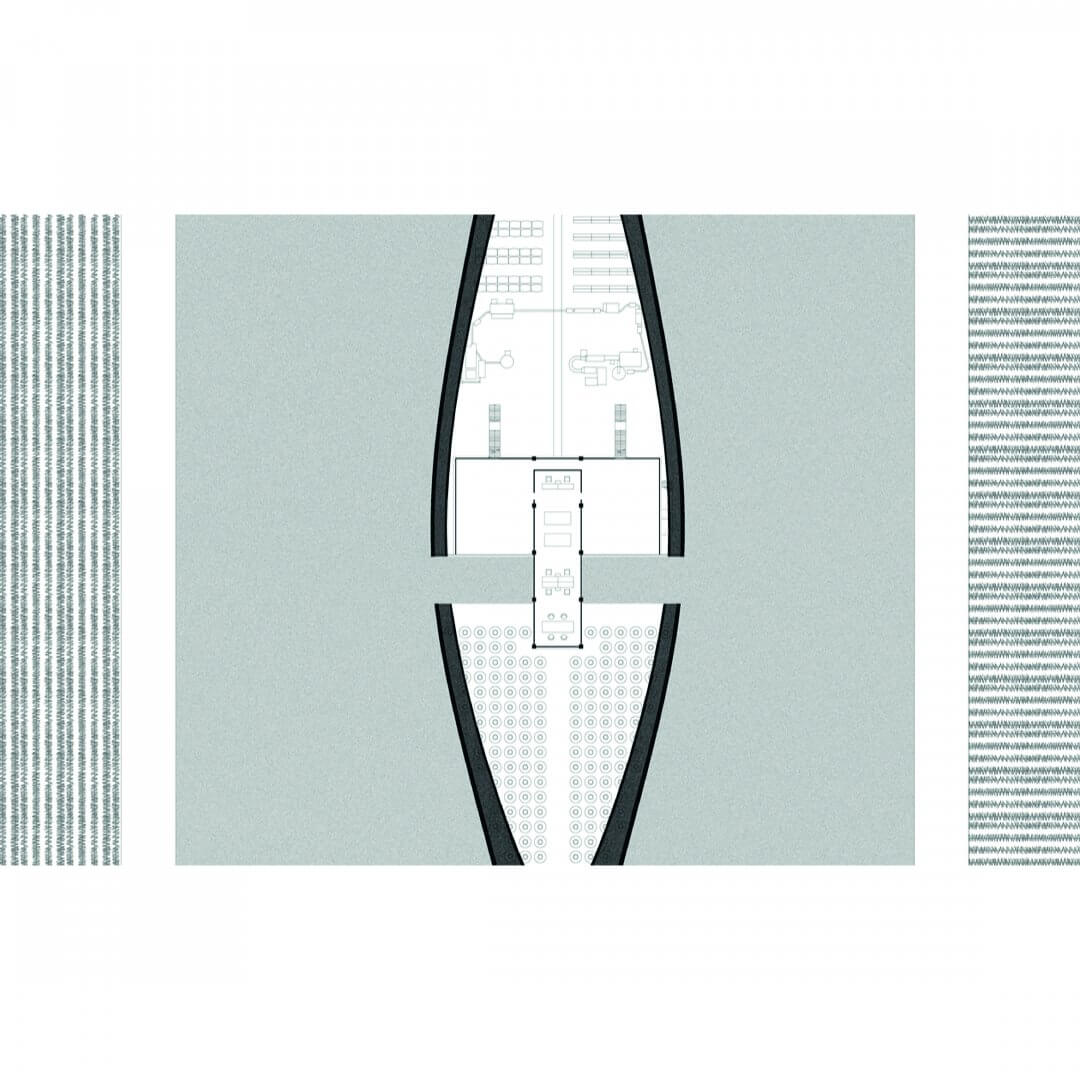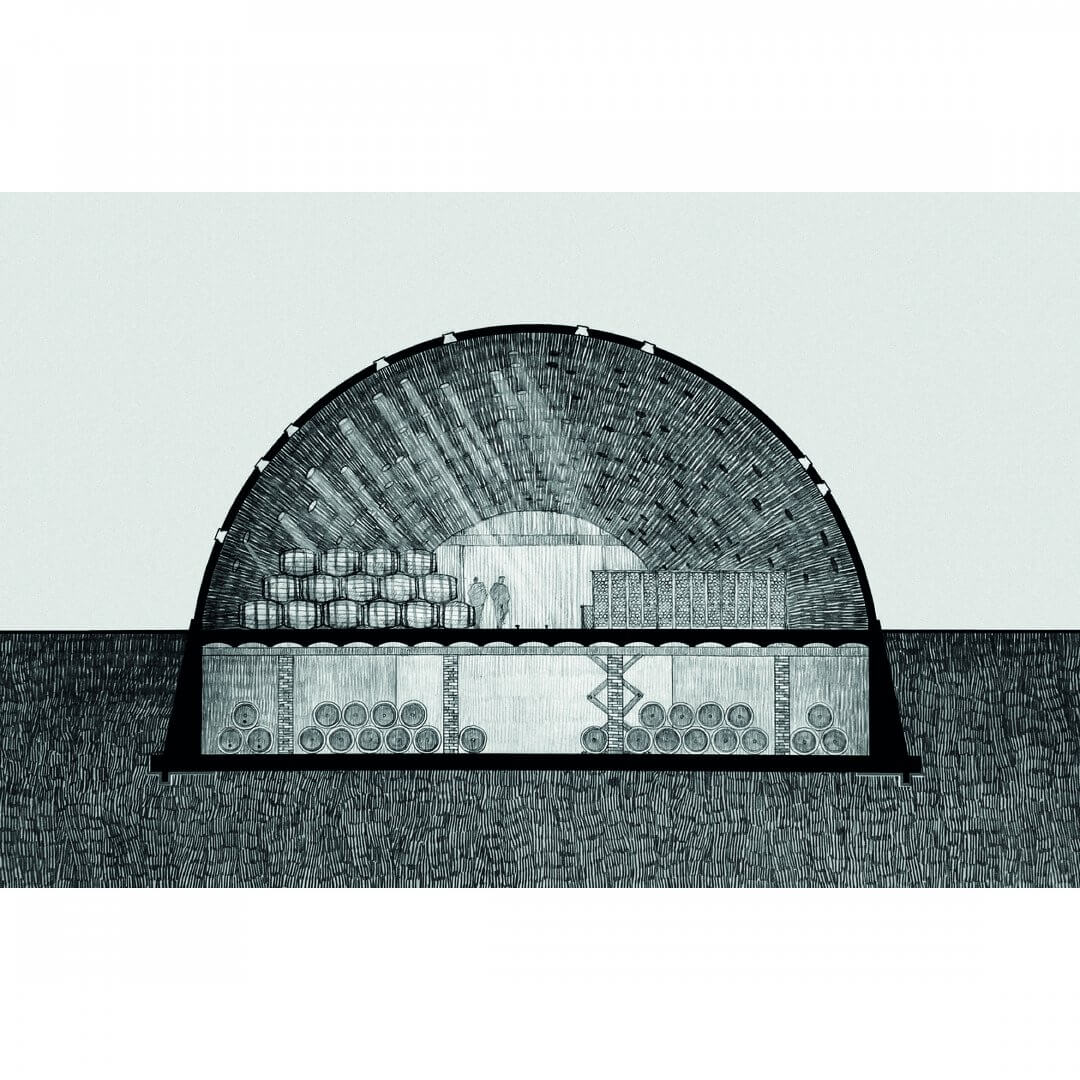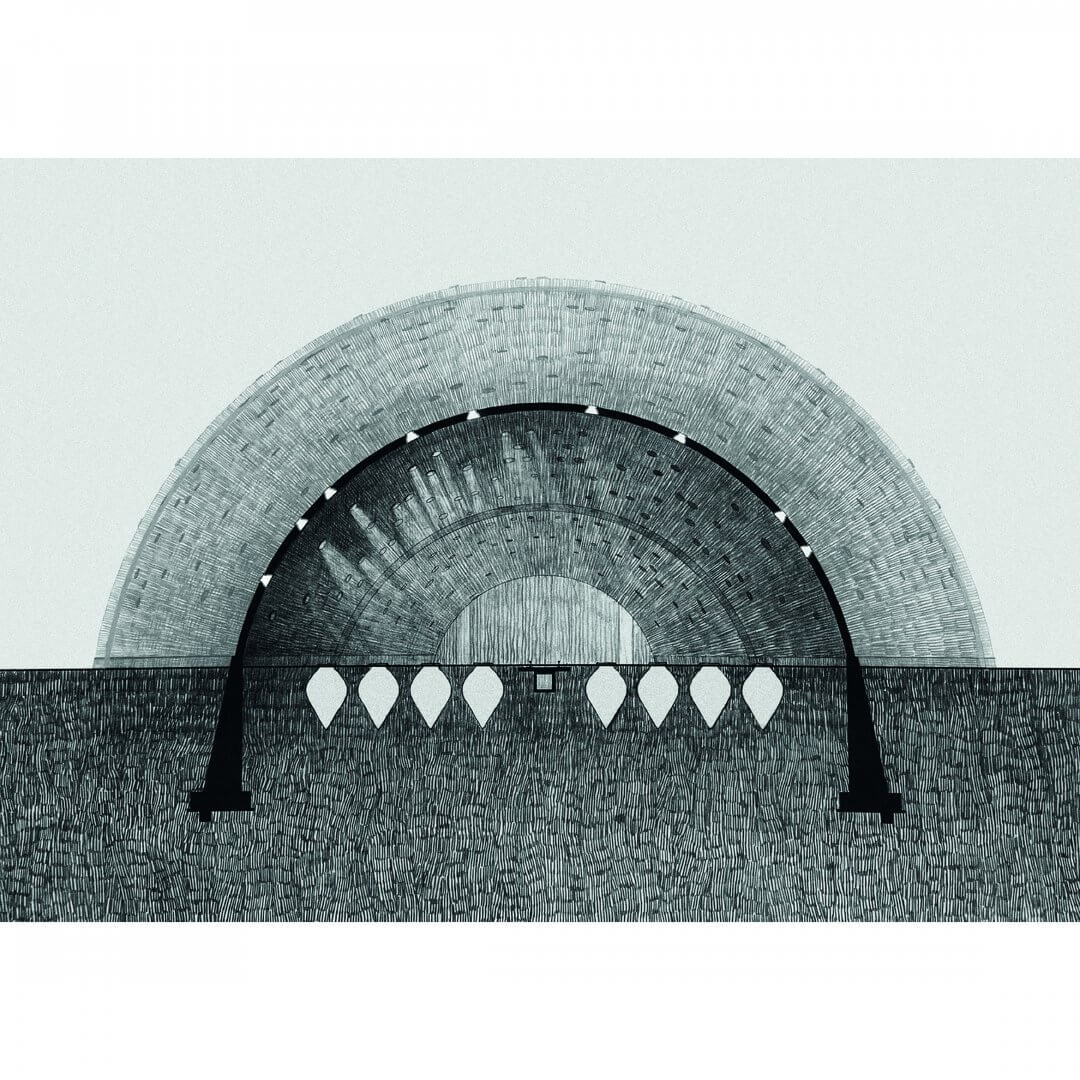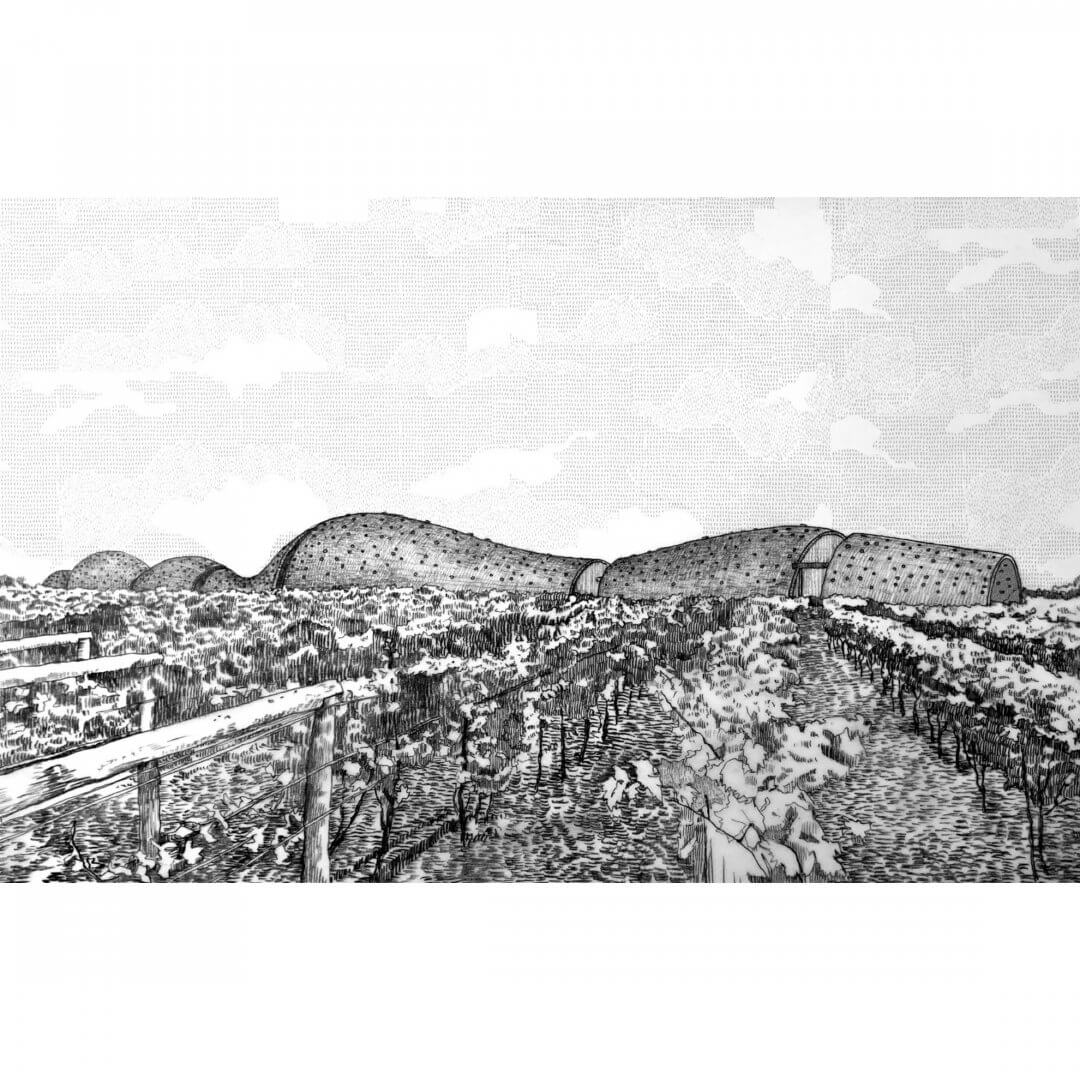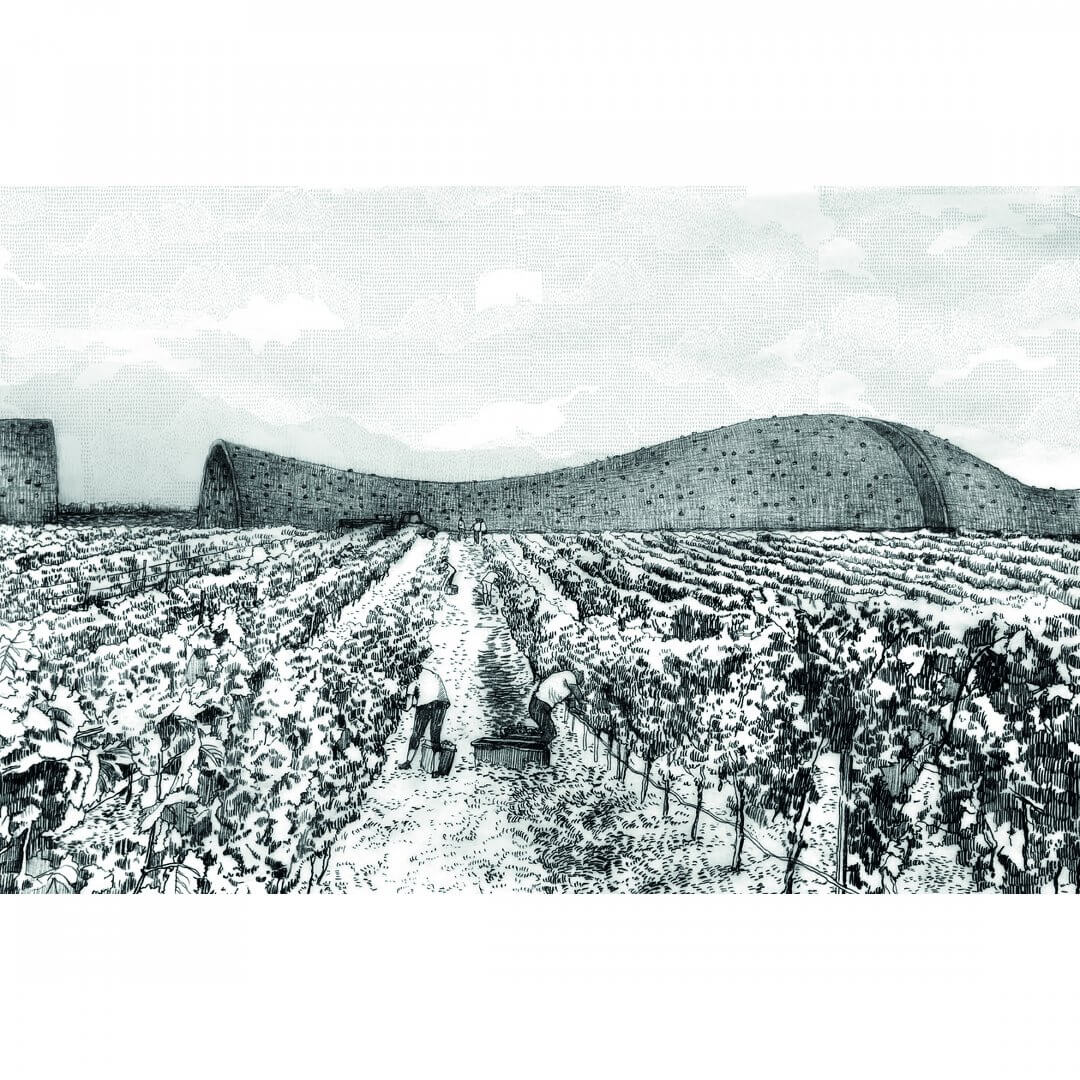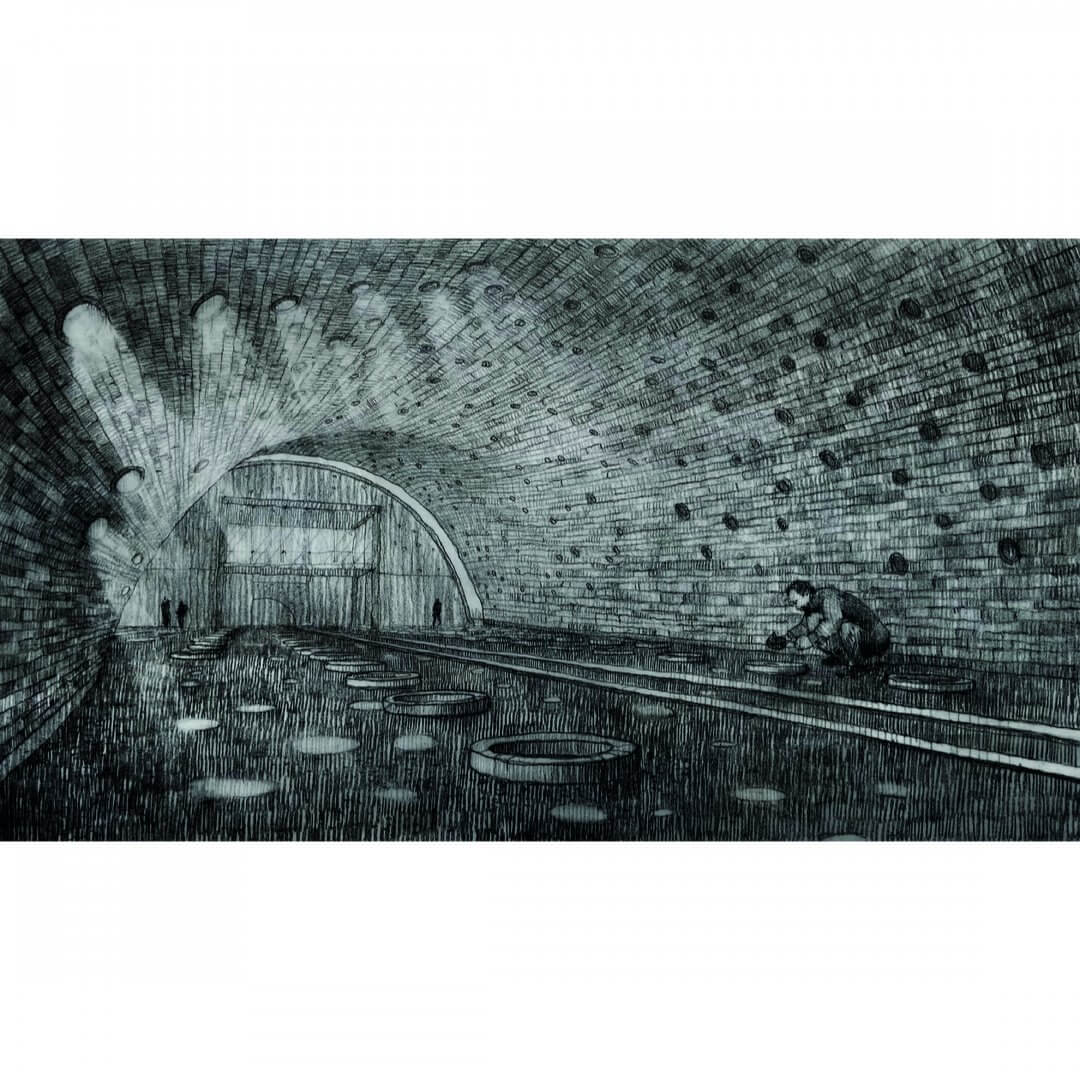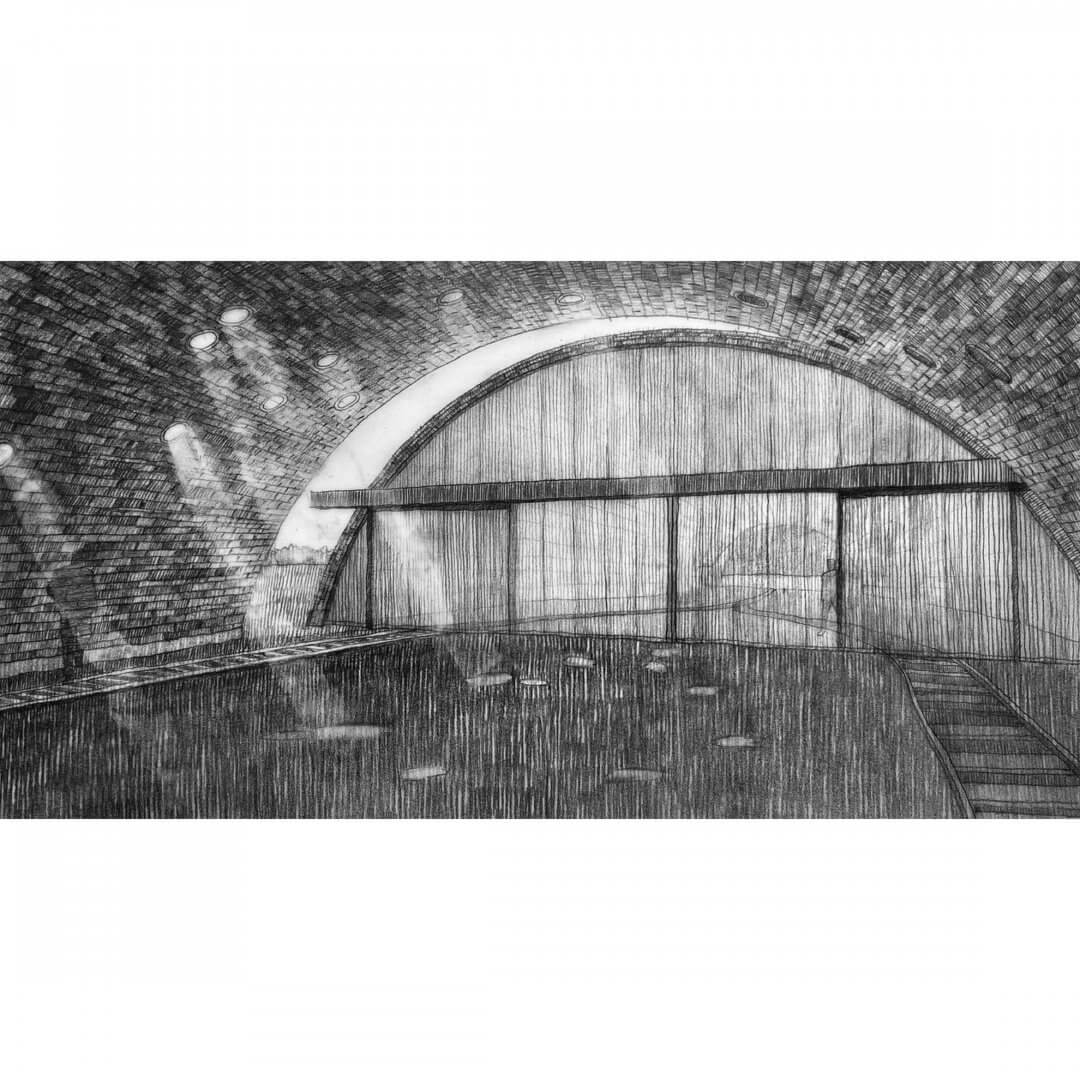Gaiane Vartanian
The architecture of the project is based on the idea of rethinking nature. To feel the subtle connection between human and nature need to comprehend the pleasure of the winemaking process in the traditional Georgian way.
Technologies protect a person from nature, taking the function of interaction with it. A person simplifies the life, thereby losing pleasure, which can bring him a connection with nature. After all, pleasure is not only the result itself, but is the way we achieve it. Pleasure in the process. The pleasure of the process. People stopped feeling. Making wine does not require the introduction of new technologies. Winemaking always was a sensual process. And each stage of winemaking was associated with pleasure. Grapes, winemaking, wine – a subtle connection, a conductor between human and nature. Pleasure from the very moment of grapes cultivation to the moment of drinking the wine. Pleasure that helps to comprehend the physical interaction between human and nature. In the fragments of videos, one can observe the interaction between humans and nature. The outcome is a trace – an object of connection between humans and nature.
From this perspective, my project of a winery is conceived, it is named Marani Qvevri. As I was born in Georgia, where wine is an integral part of traditions and pleasure, I chose the location for the design there – precisely in the village of Krasnoe, Marneuli District, situated 50 km south of Tbilisi. This area lies between three settlements – S. Krasnoe, Maradisi, and Zemo-Kulari. I aimed for this territory to act as a unifying link between these settlements, a heritage. Furthermore, the motivation was driven by the fact that vineyards existed on this site in the past, yet they were cut down due to prohibition, much like my great-grandfather’s vineyards. I aspire to revive them.
The territory is intersected by two main roads – one central, running alongside the winery, and another along the recreational garden area. The winery’s territory can be circumnavigated along its perimeter. Both the road and the winery’s surface are covered with gravel. The central area of the site is where life unfolds. It’s where all the grapes are gathered and brought, where tourists arrive, and where the finished products are prepared for further transportation. At the heart of this area lies the winery, acting as a medium between the three settlements. The territory is divided into three sections with vineyards of different varieties (Rkatsiteli, Saperavi, Khikhvi). Additionally, there is a Wine Route with Pavilions for tastings and an area with gardens.
In my project, I refrain from incorporating new technologies and instead embrace the traditional method of winemaking in Qvevri. Trampling grapes, winemaking – these are tactile experiences, interactions with nature. For me, these hold powerful symbolism. Initially, I contemplated the outlines of an excavated wine cellar, brought above ground. Since Qvevris are buried in the earth, I aimed to create the atmosphere of Marani – an above-ground wine cellar. The processes of trampling grapes and fermentation evoke pulsating sensations in me. I aimed to translate this into the form of an object – to convey a Dionysian ambience. Naturally, this form is closely related to that of the vessel. Accordingly, I sought to convey the effect of a cellar using brick as the material. For openings I utilized the necks of old clay jugs.
The elongated form of the object is influenced by the linear and protracted process of winemaking – from harvest, processing, crushing, ageing in Qvevri, and eventually, barrels. I endeavoured to create an object that is highly artisanal and simple.The entrance is situated on the southern side. Upon entering, visitors arrive at the Visitor Center, housing a café, tourist desk, and tour organization. The tour commences below ground level, where the history of the winery is presented, and exhibitions and performances are held. Ascending, visitors follow the Wine Route, strolling amidst splendid vineyards, and tasting wine in pavilions. Returning to the winery, the journey continues along rails that traverse the entire winery, serving as a dynamic link between the spaces.
The initial zone is for loading grapes, equipped with tables for cleaning and processing grapes before they are treaded in special “satsnaheli” – wooden vessels – from which the mass is transferred to buckets, then into vats. These are loaded onto a trolley and sent to the area with Qvevri for fermentation. This area also includes changing rooms, a medical station, a dining area, and a staircase leading upwards where the administration is located. Subsequently, there are three volumes with buried Qvevris. This is the heart of my winery, housing three different varieties of wine. Tastings are conducted here. The process involves a mobile bar with glasses that is brought over on a cart, wine is poured directly from the Qvevri, allowing guests to sample it.
From the vessels, the wine moves into a bottling zone – either into barrels for further ageing or directly into bottles through a pumping system. Barrels are transported to the cellar using a hydraulic lift for extended ageing. Bottles are then packaged and either moved to storage rooms or to the warehouse for transportation.
Author: Gaiane Vartanian.
Location: Krasnoe, Georgia.
University: MARCH Architectural school.
Year: 2021
